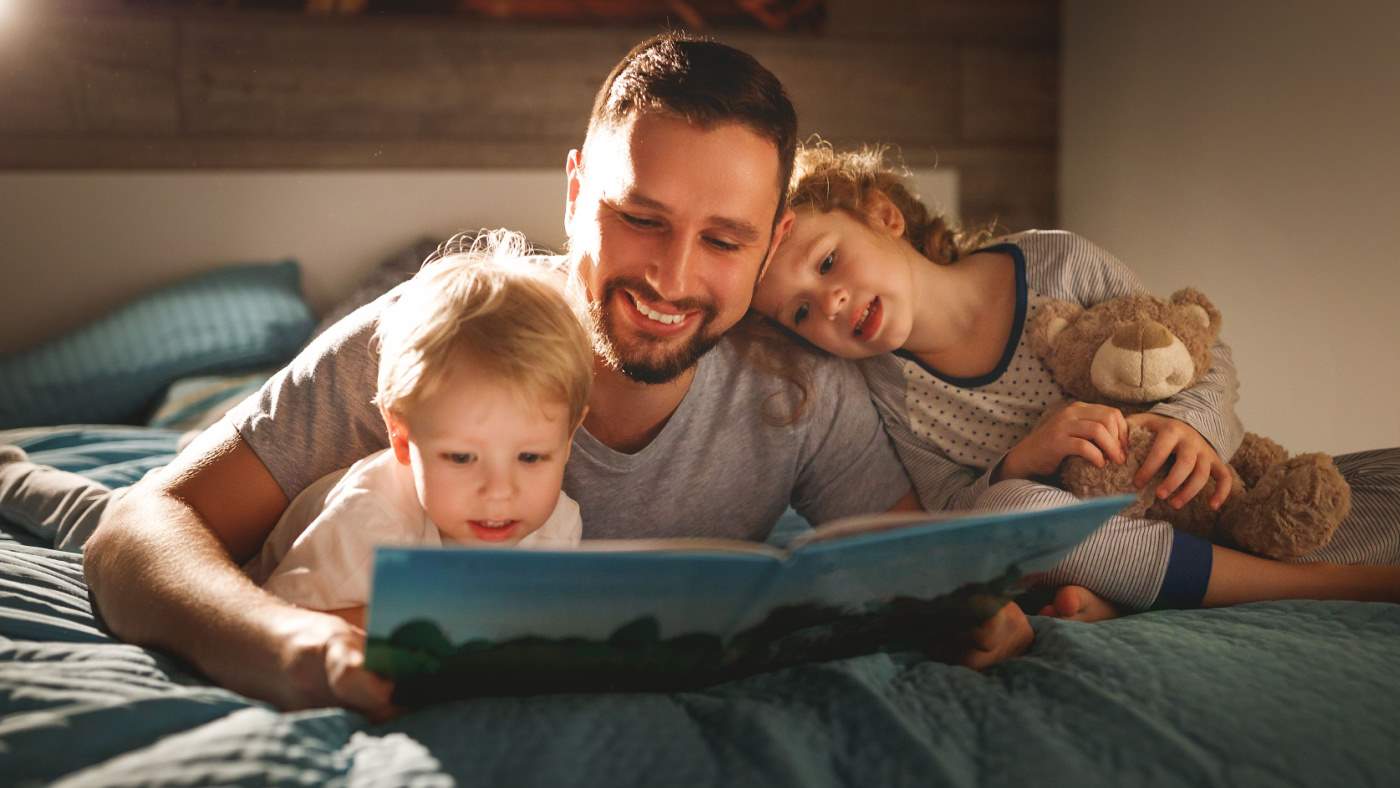Time to talk?

"Reading and writing float on a sea of talk.”
-- James Britton, educator and researcher
This is a quote often seen in articles for educators about the importance of nurturing children’s spoken vocabulary to support them to learn to read and write. It can be helpful for parents too, especially when you’re surrounded by toys and gadgets that claim to give your baby a ‘head start’ with reading.
It might be reassuring to know that when you chat with your baby, toddler or child you're laying the foundations for reading, writing and much more – so you don’t need to spend a fortune on things that promise to help.
More than words
Communication involves much more than mastering the sounds and meaning of words. It involves understanding when and how words are used – and how this varies according to where you are and who you’re with.
Your child will learn this gradually as they watch and listen to how the people around them communicate.
They will learn words and gestures that are directed at them, but also notice and learn ones that they see or hear being used between other people.
You will have seen this connection between gestures and words if you use baby sign or Makaton with your baby. They might even begin to use these to communicate with you before they speak.
Even if you don’t, or didn't, decide to use signs your baby will learn gestures, like waving and pointing, that people around them use repeatedly.
In this way, gestures and body language continue to be part of communication even when your child can share their thoughts and ideas with speech – just like we use gestures with other adults.
Talking and thinking
Streams of development are interconnected, with skills in one area supporting the development of skills in another.
For example, when babies develop the physical skills to move towards, reach and hold an object some researchers think they are more likely to learn and remember the words for the objects they hold.[1]
Psychologist Lev Vygotsky argued that children used speech to think through problems and that over time this became ‘inner speech’.
Which means that your child talking as they play is an important step towards developing the skills they need to think through and solve problems.[2]
As you follow your child’s language journey in the app, you’ll see how their speech and communication skills develop.
In the articles in your ‘Discover more’ section, we share more of the science as well as lots of tips, so if you’d like to know more scroll through your articles to find information and ideas linked to your child’s active skills.
Simple ways to encourage talk
The simplest way to encourage speech is to talk to your child.
Talk about things that interest them and try to have times each day when there are not too many other noises around – nappy changing, bathtime and bedtime can all be good times for a chat without distractions.
Sing songs and say rhymes
Rhymes and songs, especially ones with lots of repetition, can be a great way to help your child tune into words and sounds. Sing them slowly sometimes, so your child can hear the words and start to join in.
If your child is a bit older, they might enjoy changing the speed you say rhymes together – sometimes fast and sometimes slow.
Read or tell stories
Reading stories is fantastic for introducing more interesting words.
Choose books with clear illustrations and look at them together. Chat about the pictures as well as telling the story.
If you’re feeling creative tell a story without a book, and use gestures or toys to act out the action.
References:
[1] Orr, E. (2020). ‘Object play as a mediator of the role of exploration in communication skills development’. Infant Behavior and Development, 60, Article 101467
[2] van der Veer, R. & Zavershneva, E. (2018). The final chapter of Vygotsky’s Thinking and Speech: A reader’s guide. Journal of the History of the Behavioral Sciences, 54(2), 101-116. https://doi.org/10.1002%2Fjhbs.21893